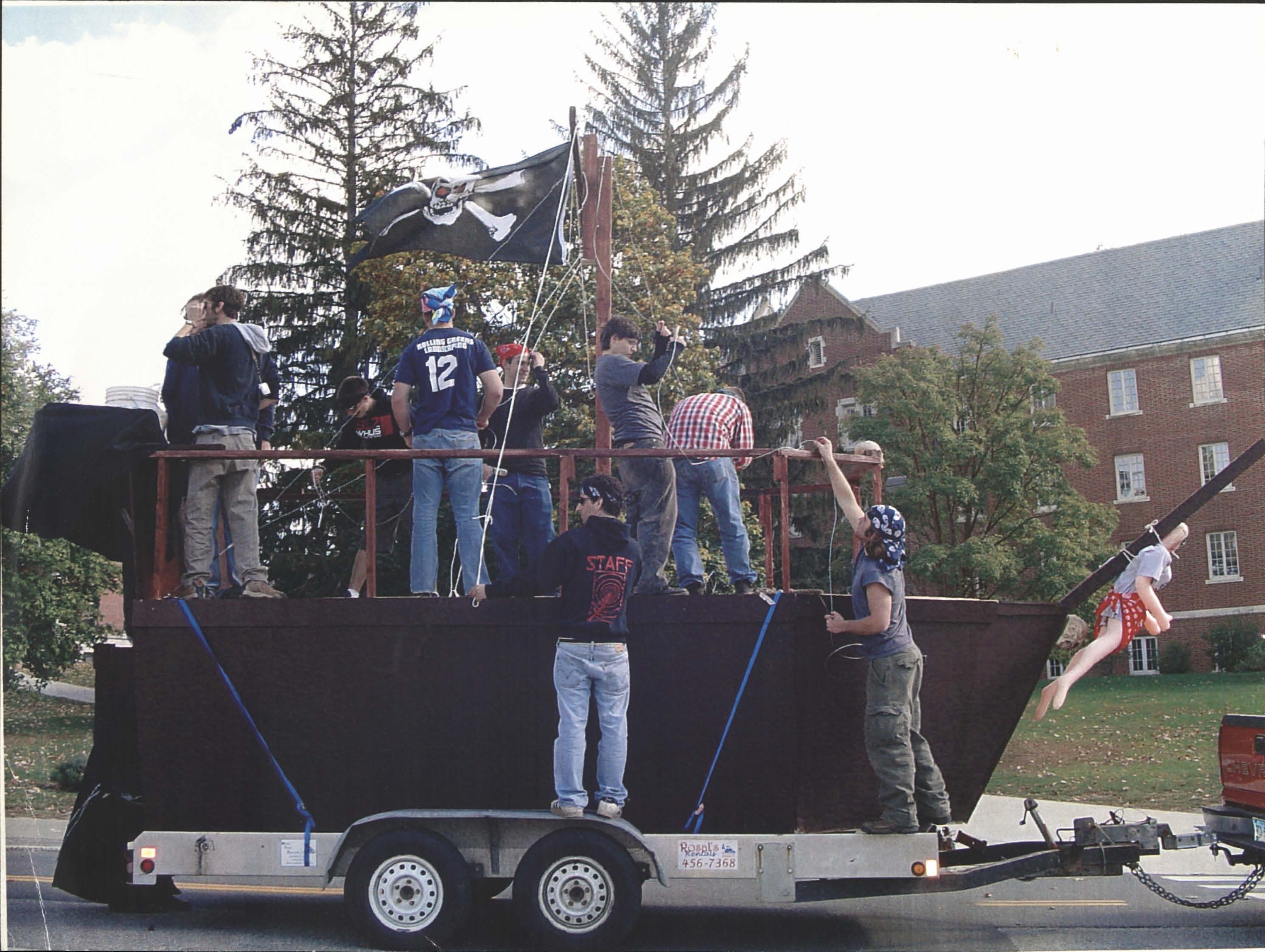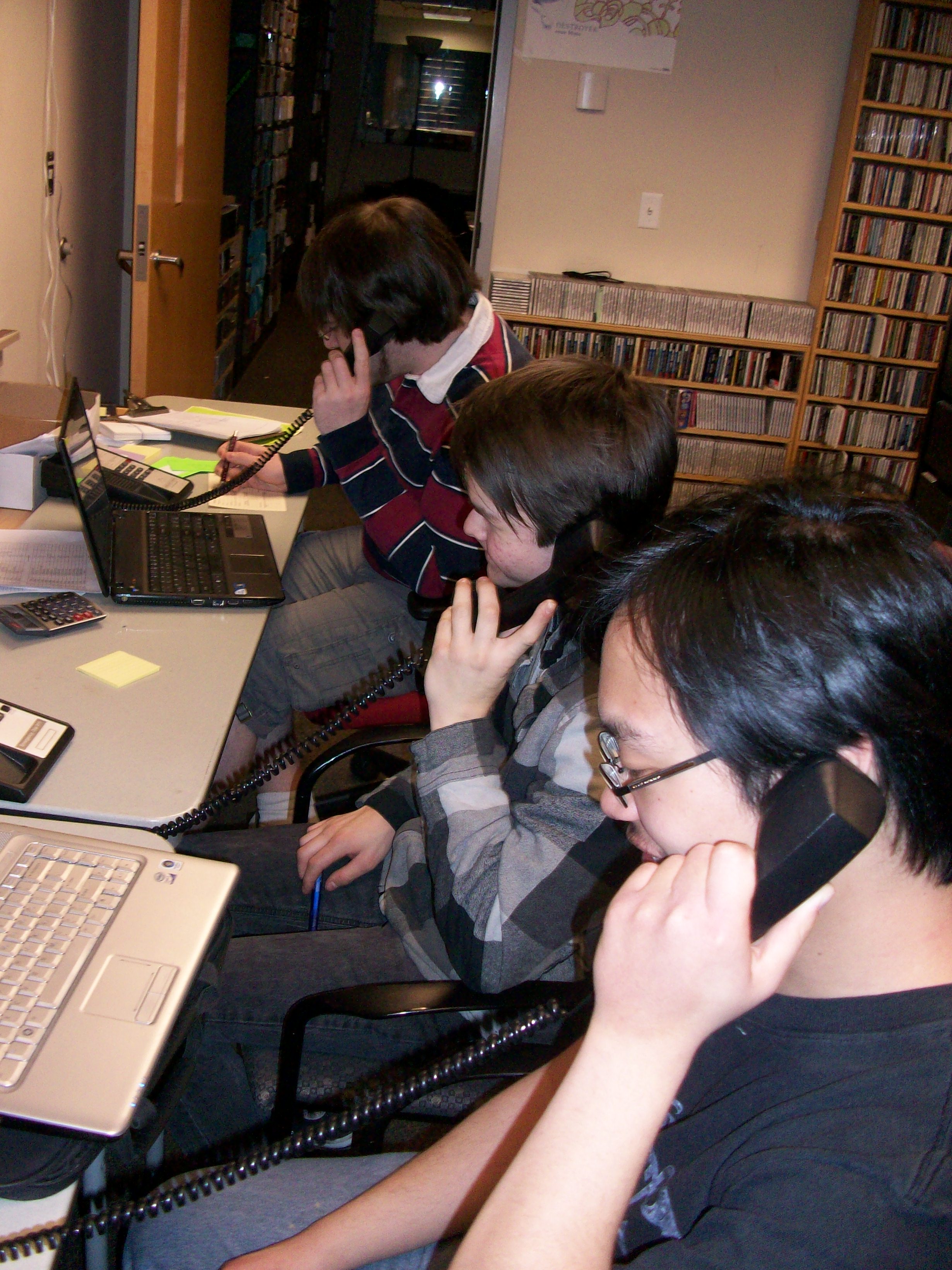WHUS Radio in the 1990s: A Mosaic of Voices and Ones and Zeros
The 1990s at WHUS Radio were a vibrant mosaic of voices, music, and ideas. For once, there technologically isn’t all that much to explain.
One of the big transitions for WHUS was out of strict block programming. You start to see program schedules becoming more crowded and visually segmented. Without strict blocks, new DJs have more freedom to curate their own shows and play a wider variety of music.
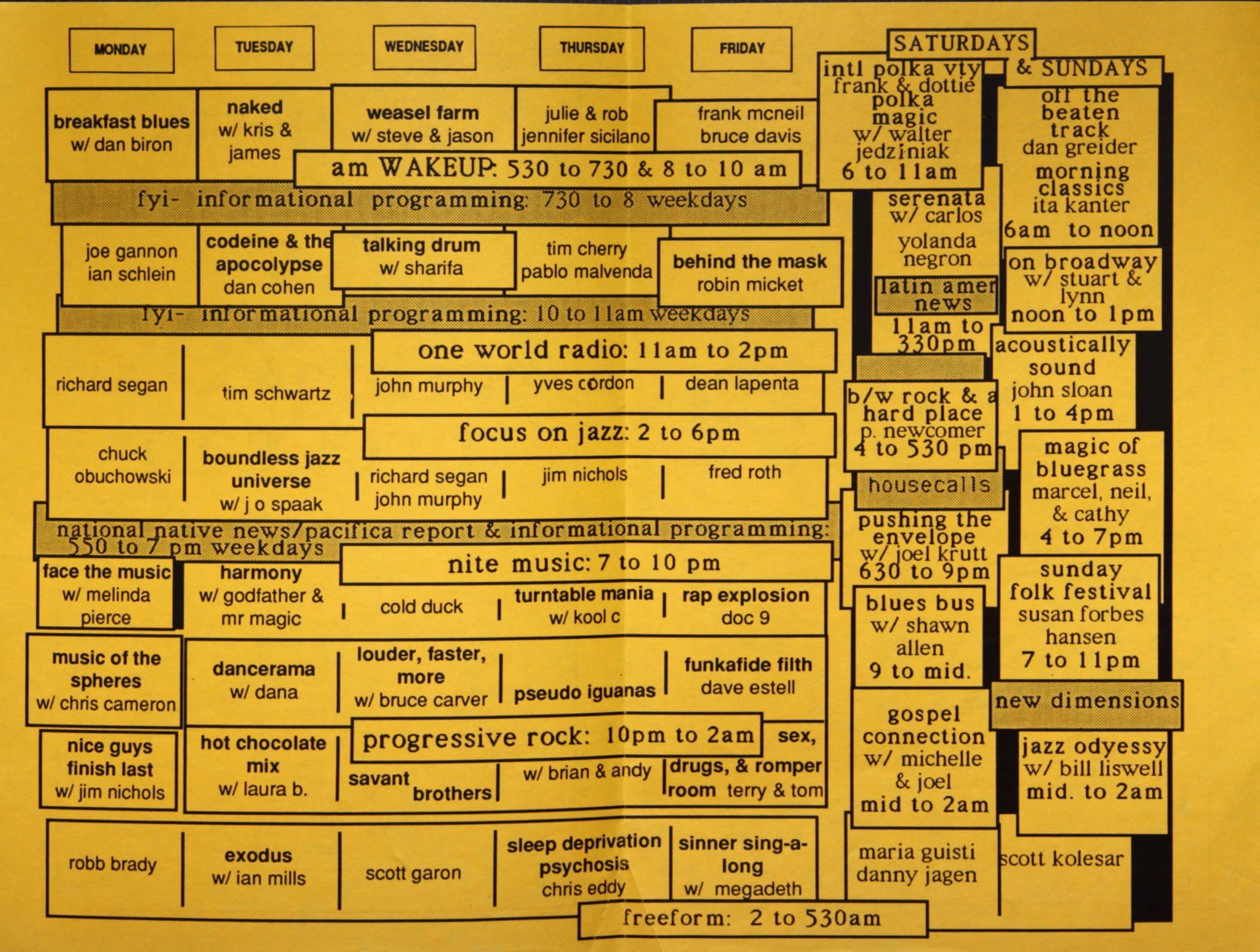
A lot of shows changed hands. Polka Magic stopped broadcasting in 1993, and Bud Godreau left his Magic of Bluegrass show in the hands of Marcel, Neil Russ, and Cathy Bumgarner.
Other genres surged in popularity, as per usual. The rise of grunge and alternative rock in the 1990s had a significant impact on WHUS’s music programming. Shows like “The Pseudo-Iguanas,” hosted by Brian Albright and Andy Heidel, quickly gained a large audience.
John Murphy introduced One World Radio in an effort to bring world music to the stage. Electronic, hip-hop, and rap were also on the rise owards the later end of the 1990s. The Urban Stylez show starts to pop off.
In 1997, we got another tower upgrade, this time from 3,200 watts to 4,400 watts. The bottom two videos are of Station Manager John Murphy climbing the new 300-foot tower (safely!) in February 1999. Don’t watch if scared of heights.
1998: Our Entrance into the Digital Era
WHUS launches its very first website, thanks to Public Affairs Director George King IV.
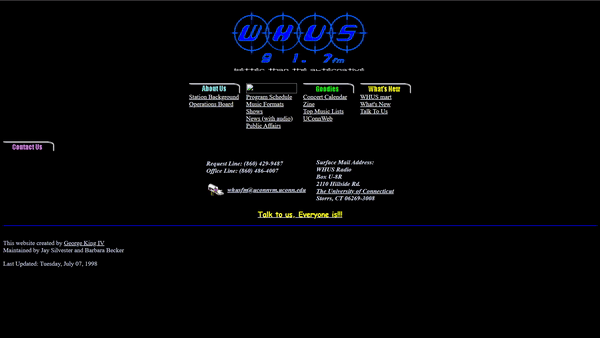
The above audio files were found on the Internet Archive Wayback Machine’s snapshots of the early WHUS web pages.

Something else that impacted us positively was the introduction of simulcasting. With the power of the Internet, we could also now broadcast our radio station to our website. Anybody in the world with an Internet connection could listen to WHUS.
2002: We move out of the Student Union temporarily for renovations. UConn parks us at the Rosebrooks House until 2007.
Rosebrooks House Photos
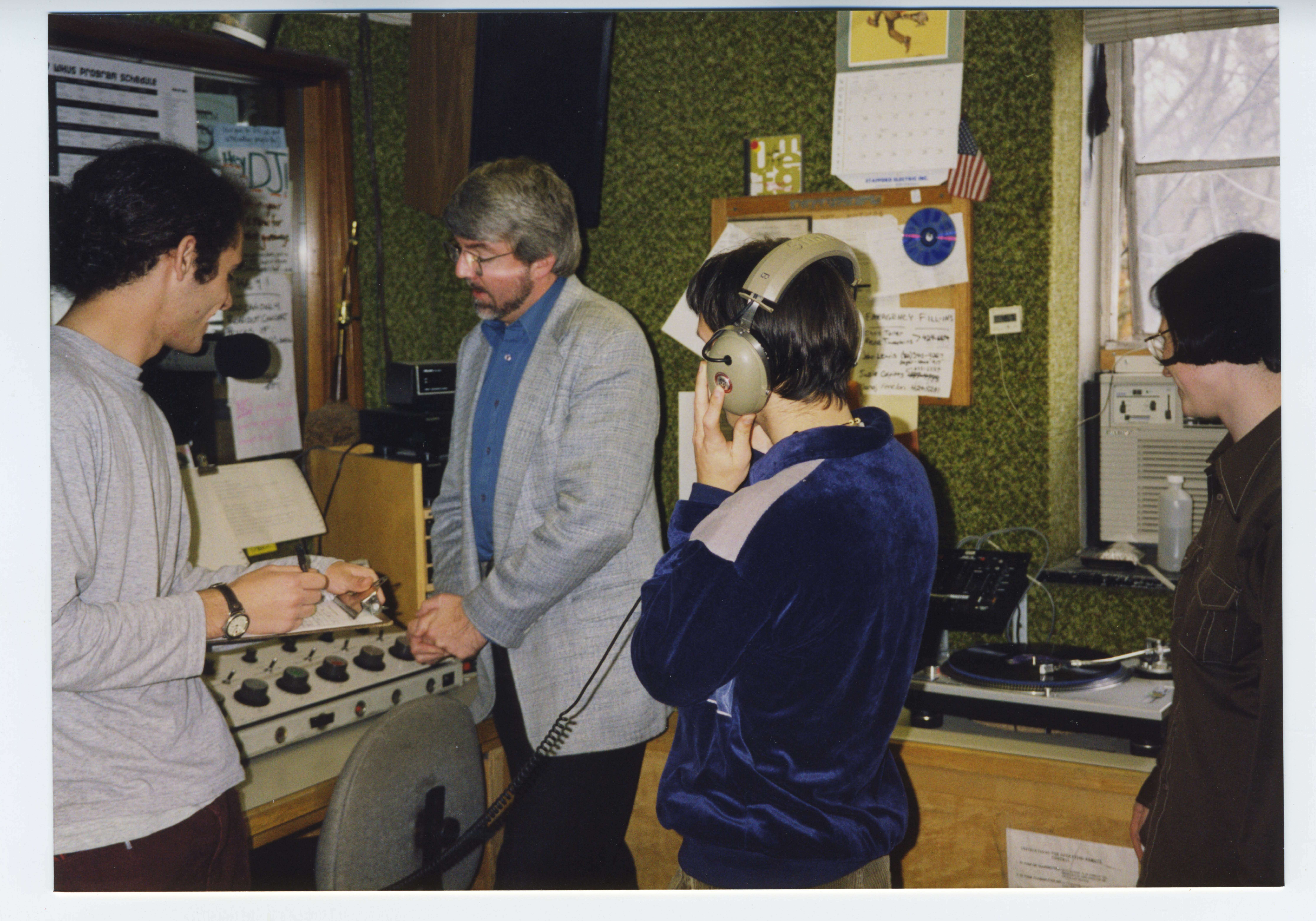

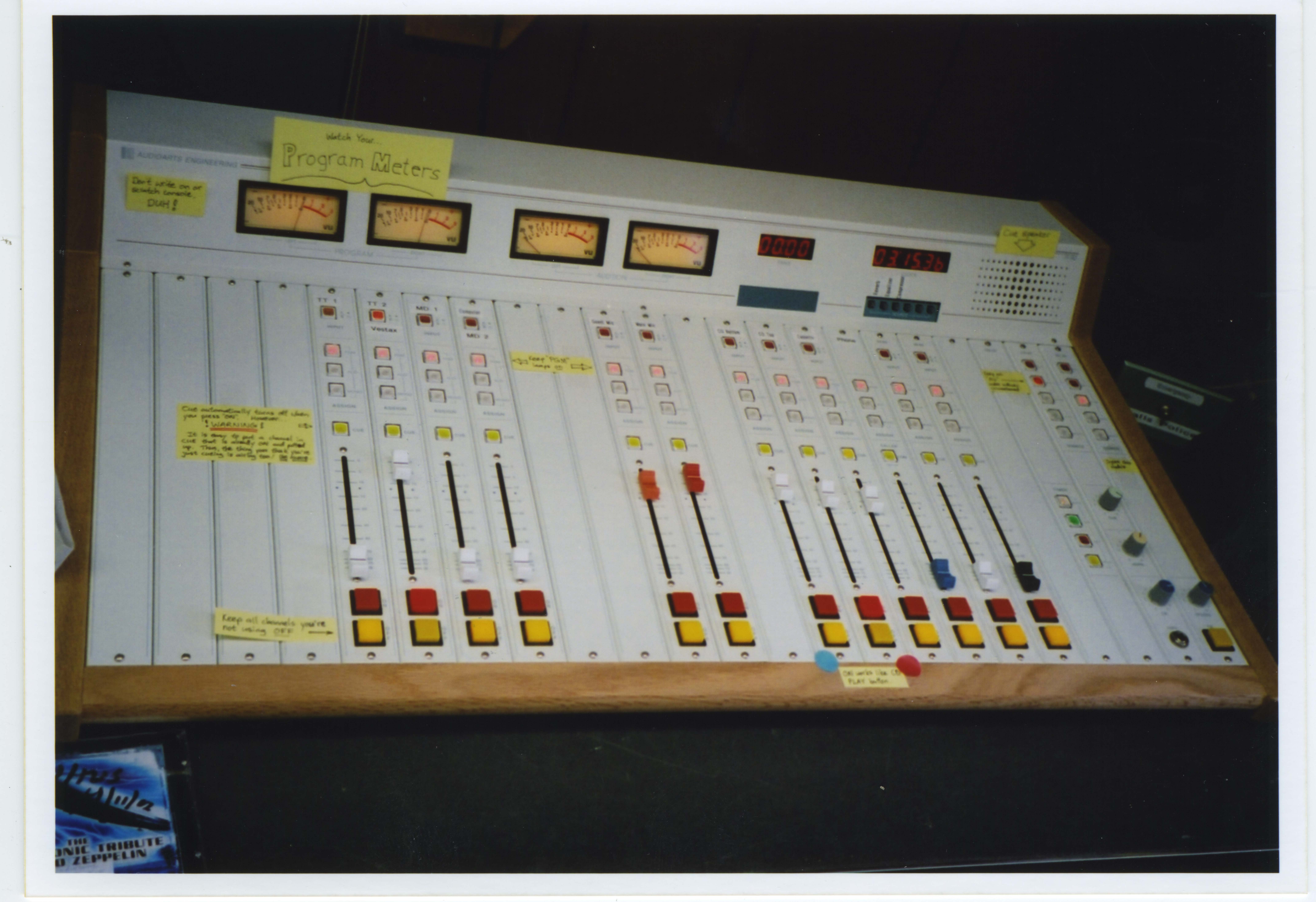

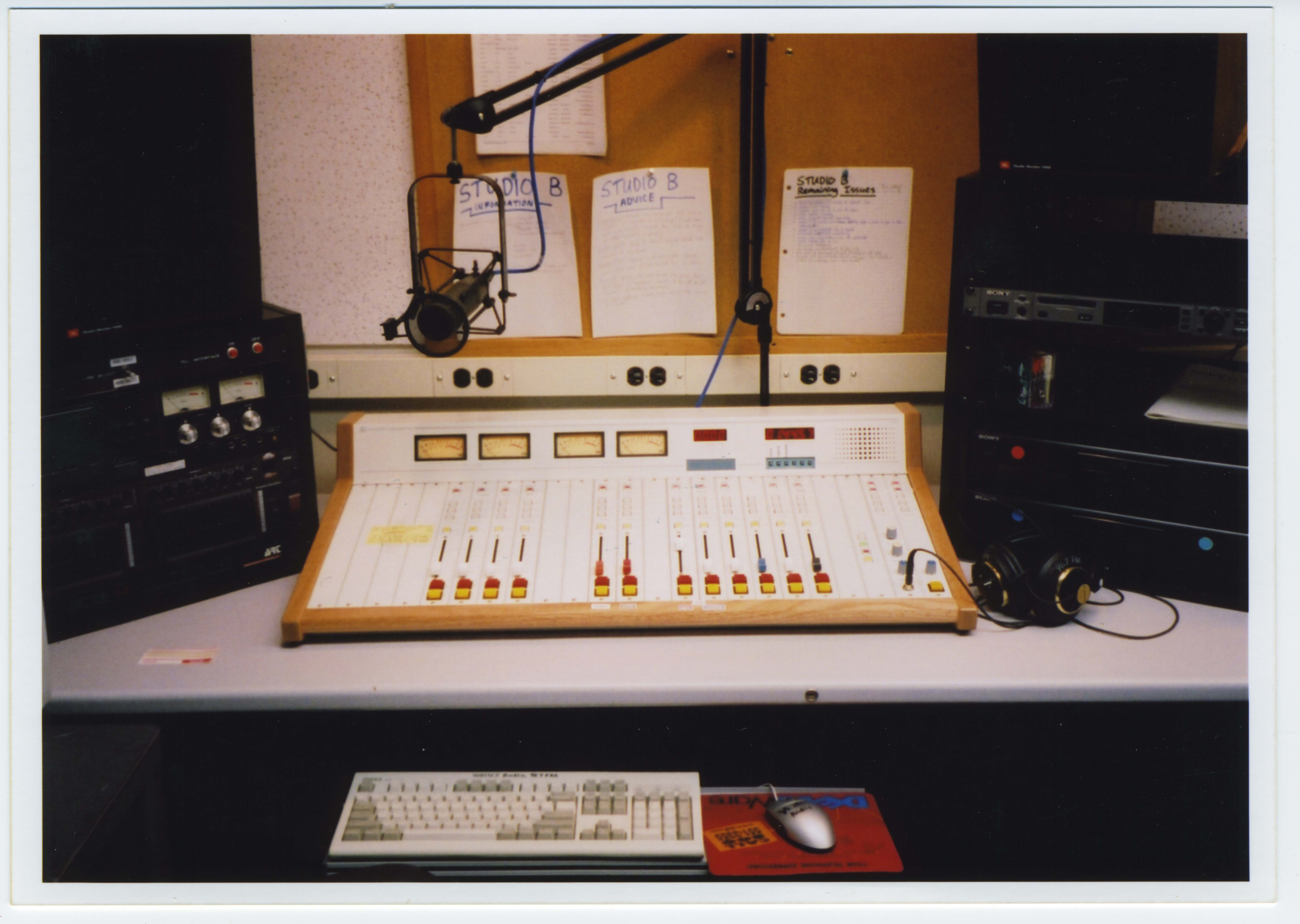
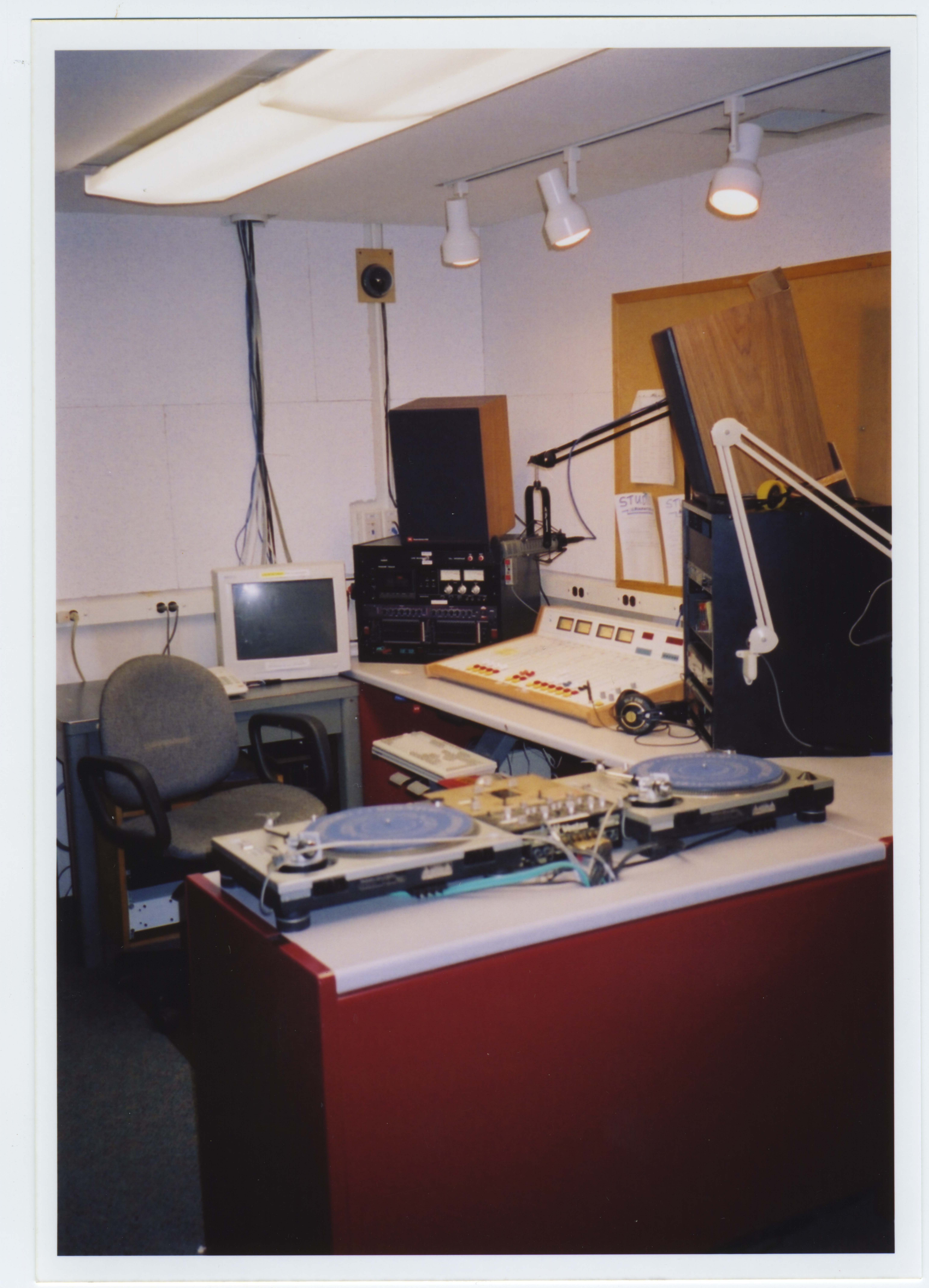
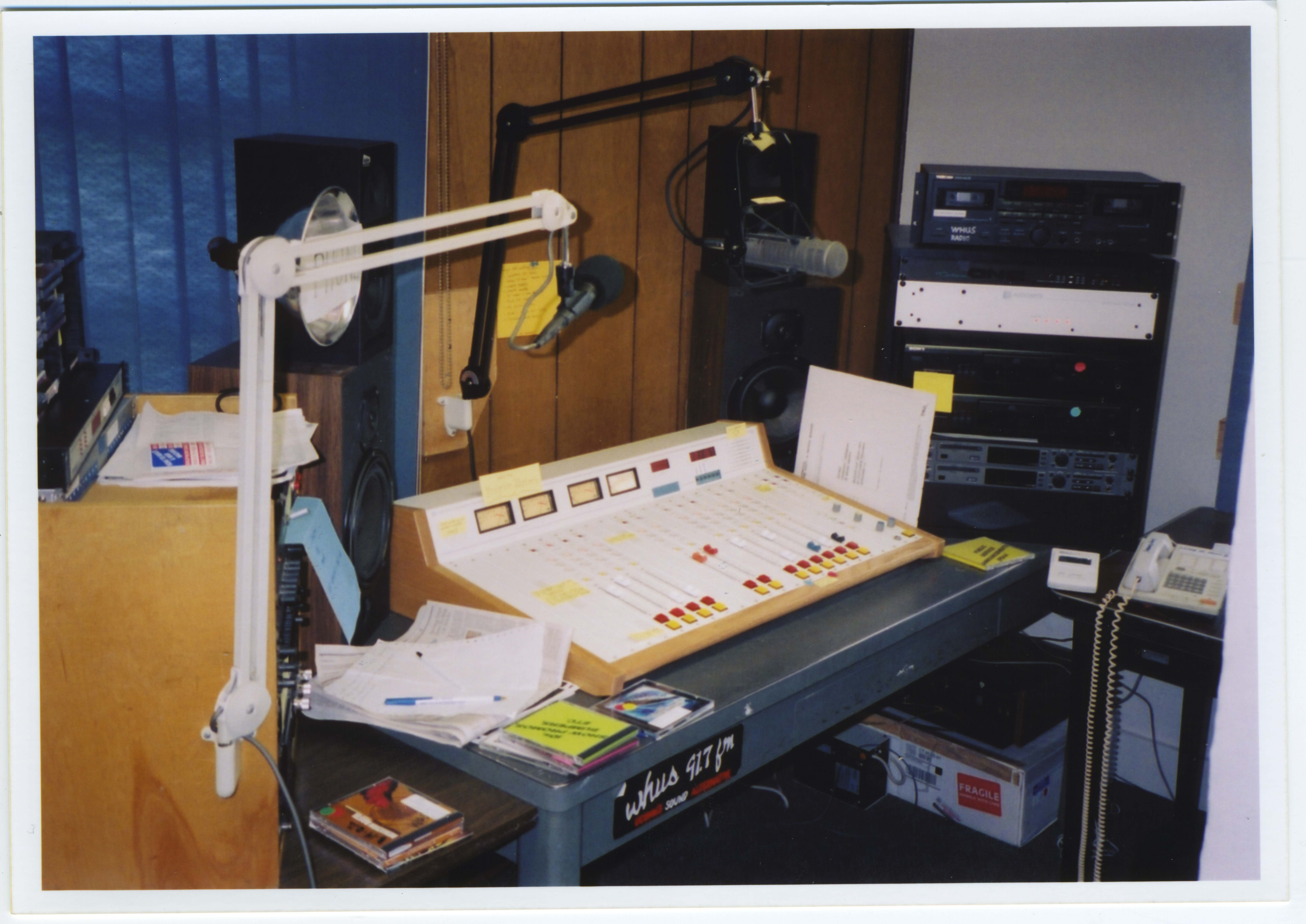

A Trip Down Memory Lane

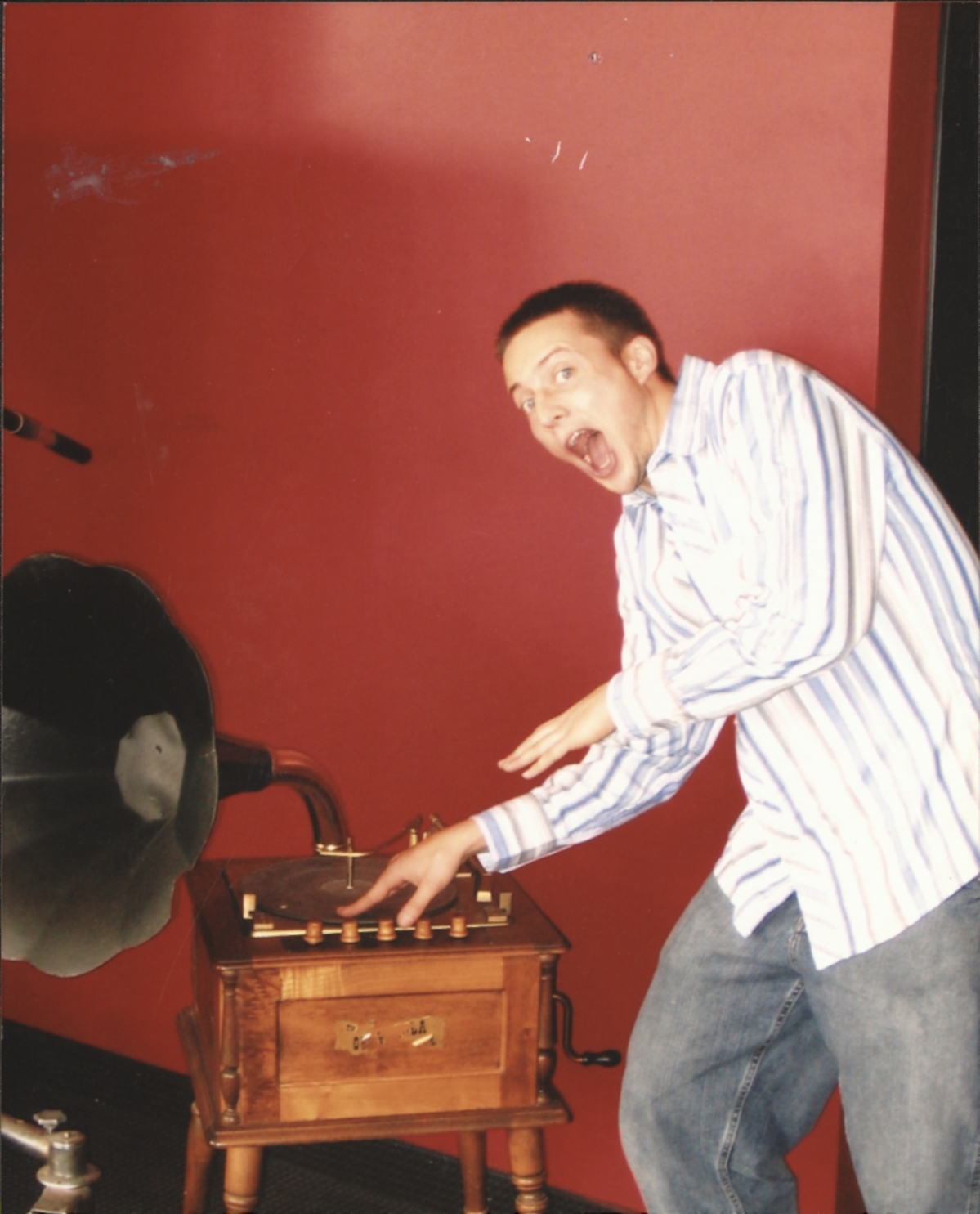


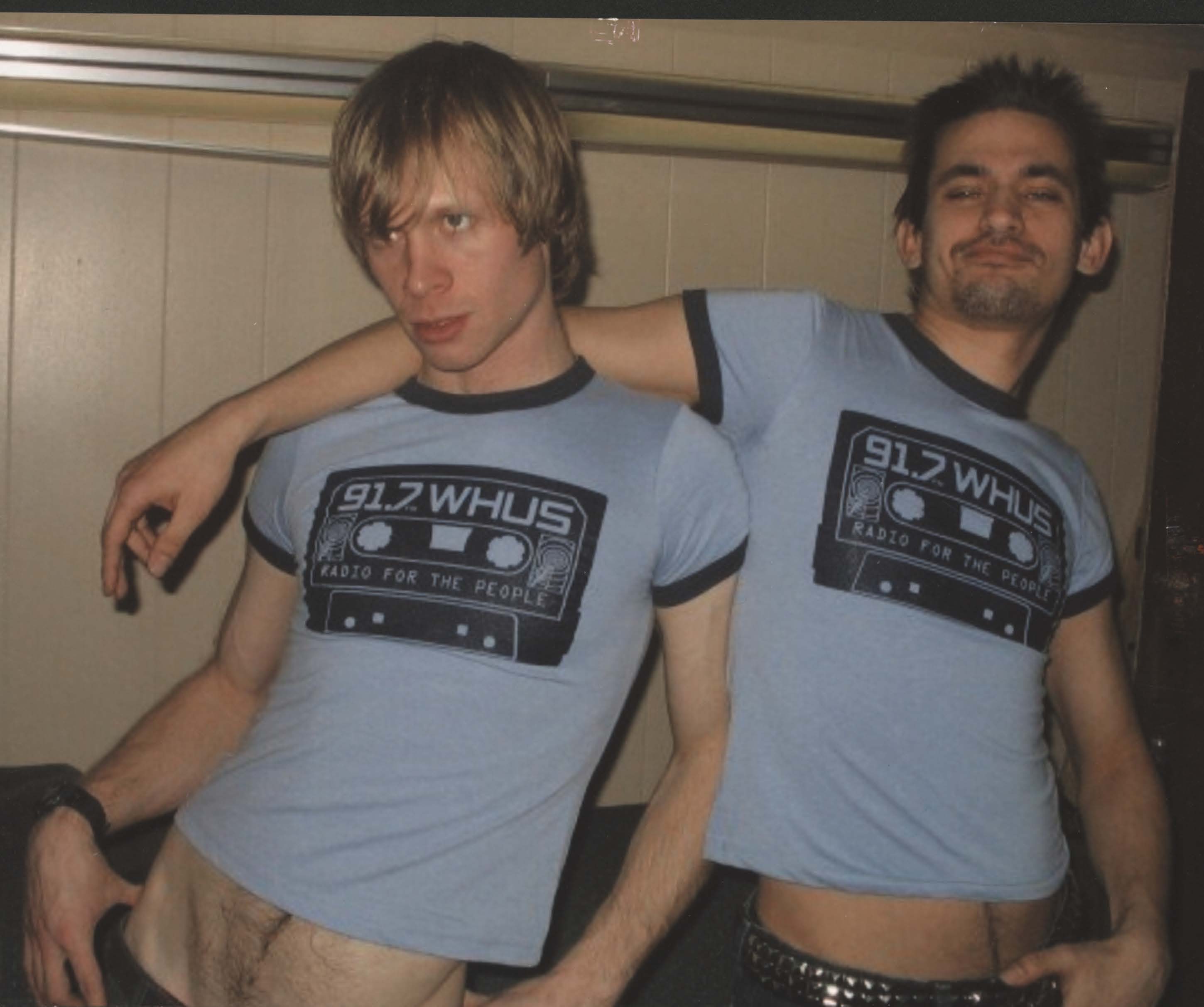
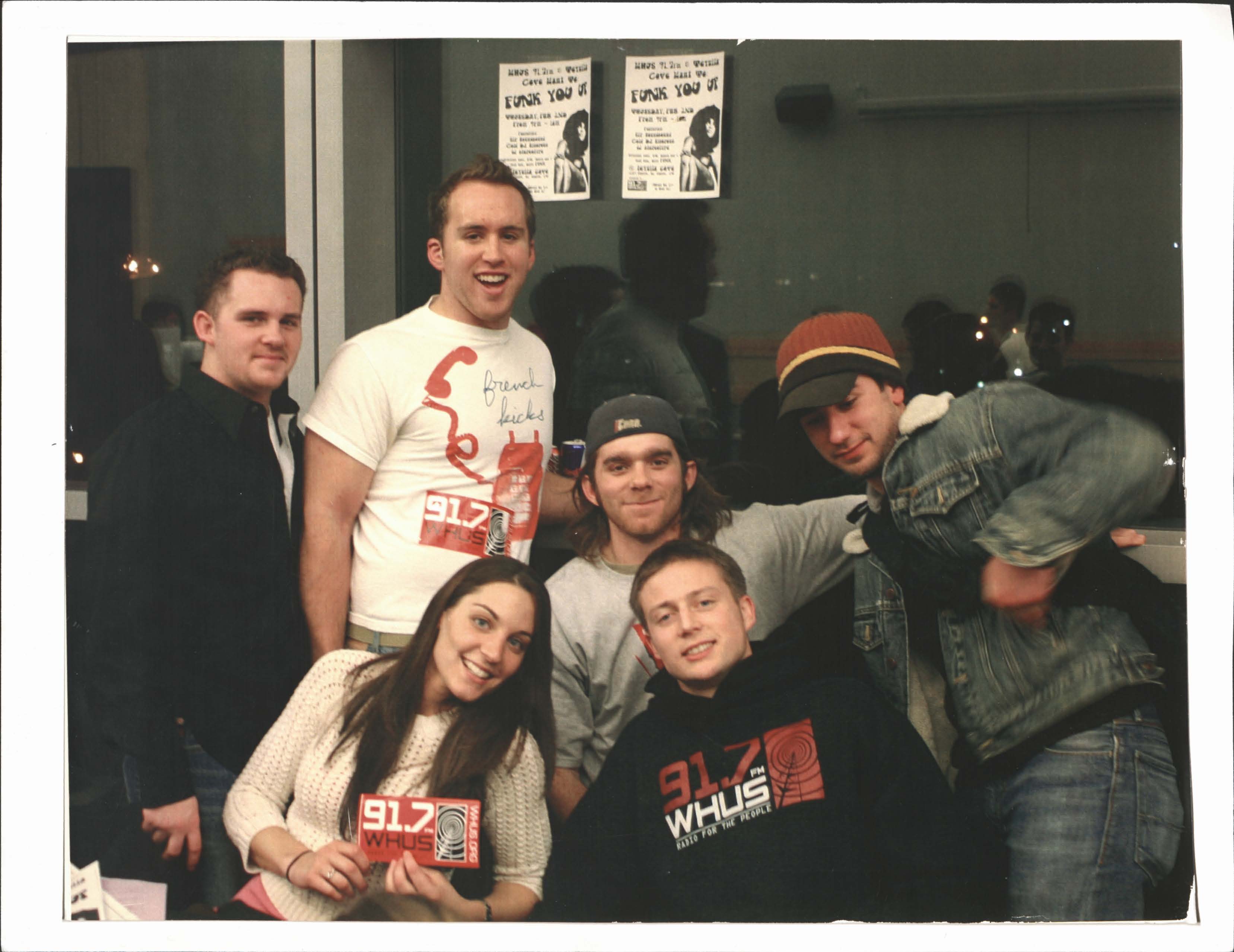
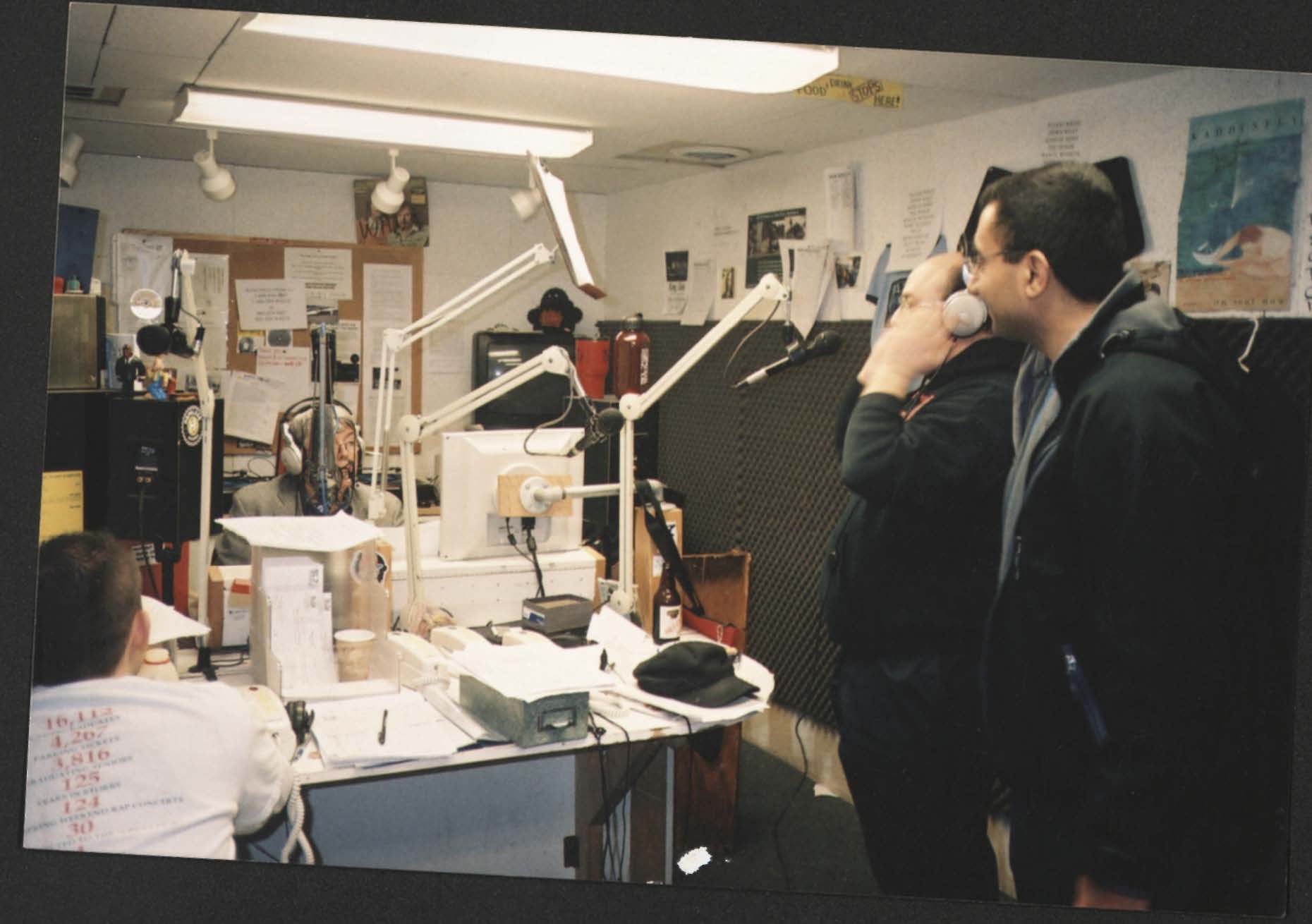
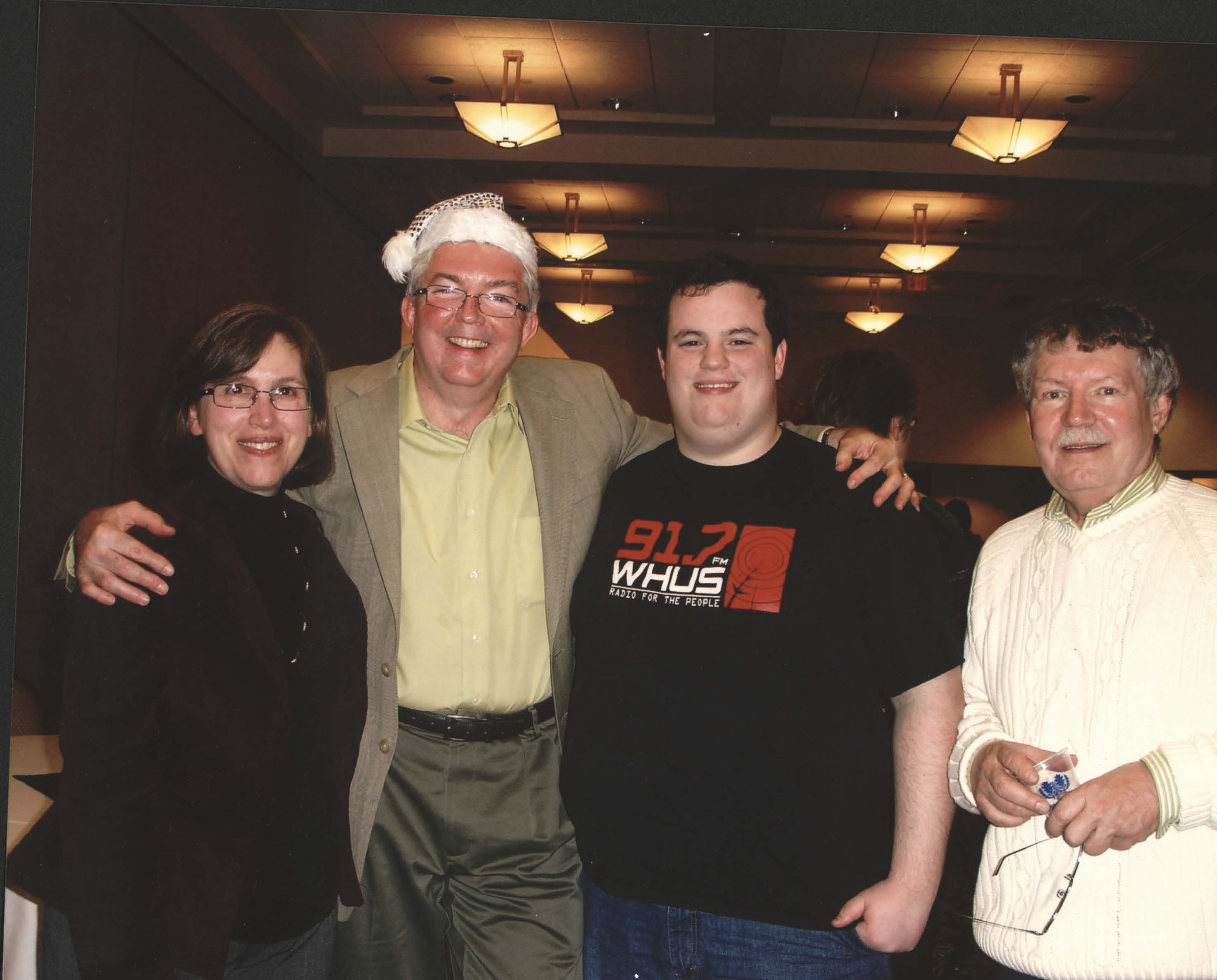


The Tale of the Homecoming King
In the 2000s, UConn was holding its yearly Homecoming parade. Every Homecoming parade has its own theme. Station manager Dan Warren (the pirate below) led the construction of the WHUS Float, which was a USSR-socialist-like tank. Spoiler alert: this was not at all in line with the theme, but it still looked awesome.
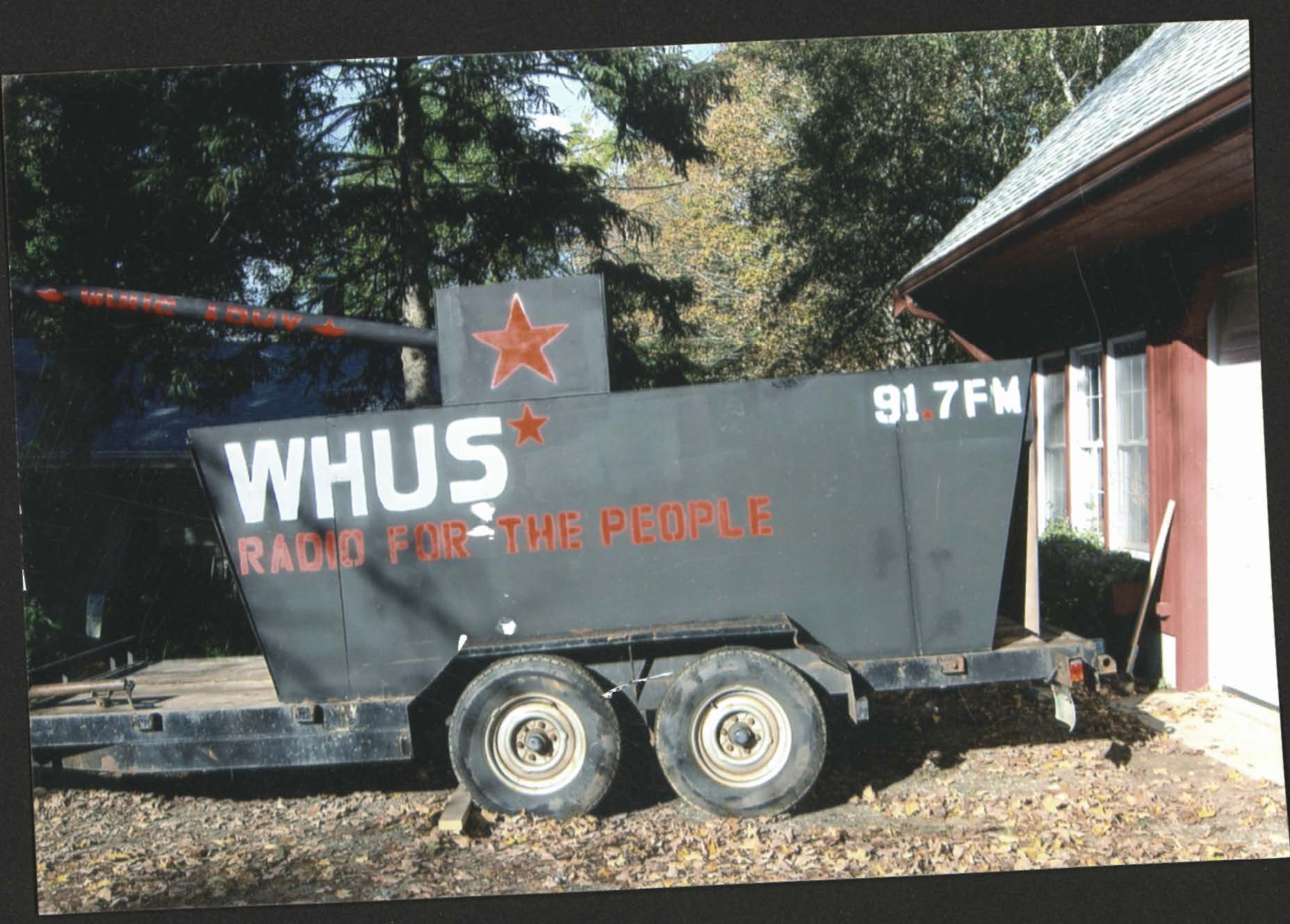
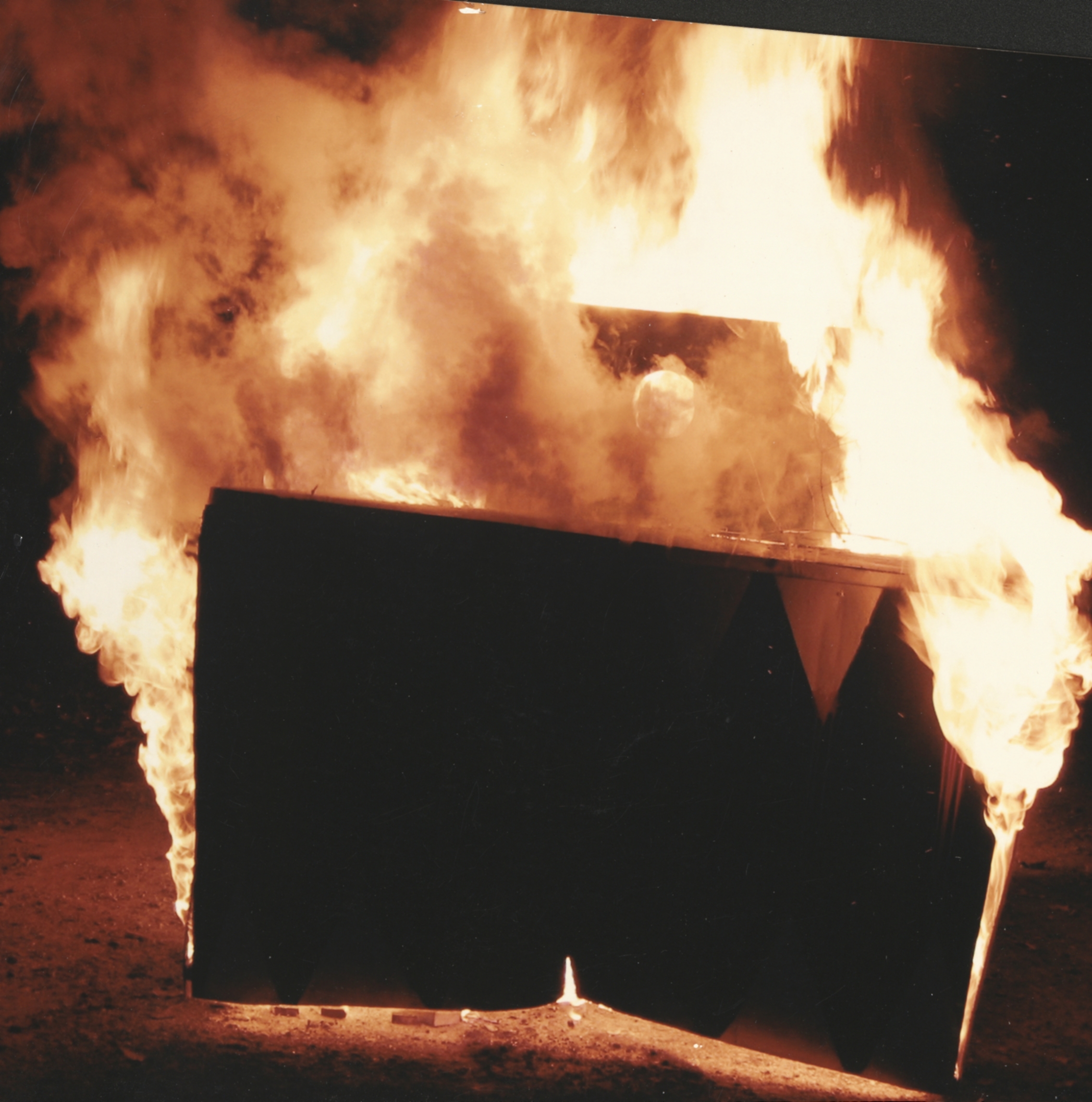
2007: We dismantle our offices at the Rosebrooks House and move back to the Student Union to our shiny new offices. See below for what the studios looked like and for the cleanup.
2007 to 2011
Mischief After Dark
We have always had live music and concerts. However, one of our biggest draws and longest-running series had its start in 2007: Mischief After Dark. The concert took place around Halloween and was first put on by Promotions Director Chelsea Dodds.


The Audit
After a lengthy auditing process, the university decided to prohibit WHUS from allowing community members (non-undergraduate students) to vote or run for board positions. John Murphy, Barbara Becker, and John Zatowski were fired, and their positions were restructured into the university. Before, the roles of General Manager, Business Manager, and Chief Engineer were third parties. The General Manager was replaced by Programming Coordinator, and the last two remained the same.
Barbara Becker and John Zatowski reapply for the new university position and are rehired. After a lengthy search, John is not rehired.
John Tuite’s Clips
John Tuite was a sports broadcaster at WHUS who announced some of the most iconic games at UConn. Among them include a buzzer beater shot in 1998 against the Clemson Tigers and the first time that the Women’s Basketball team won the NCAA Championship.
He joined WHUS in 1982 and has come a long way as a sports broadcaster. He is the PA (public addresser) of both basketball teams as well as other sports, including football and ice hockey.
